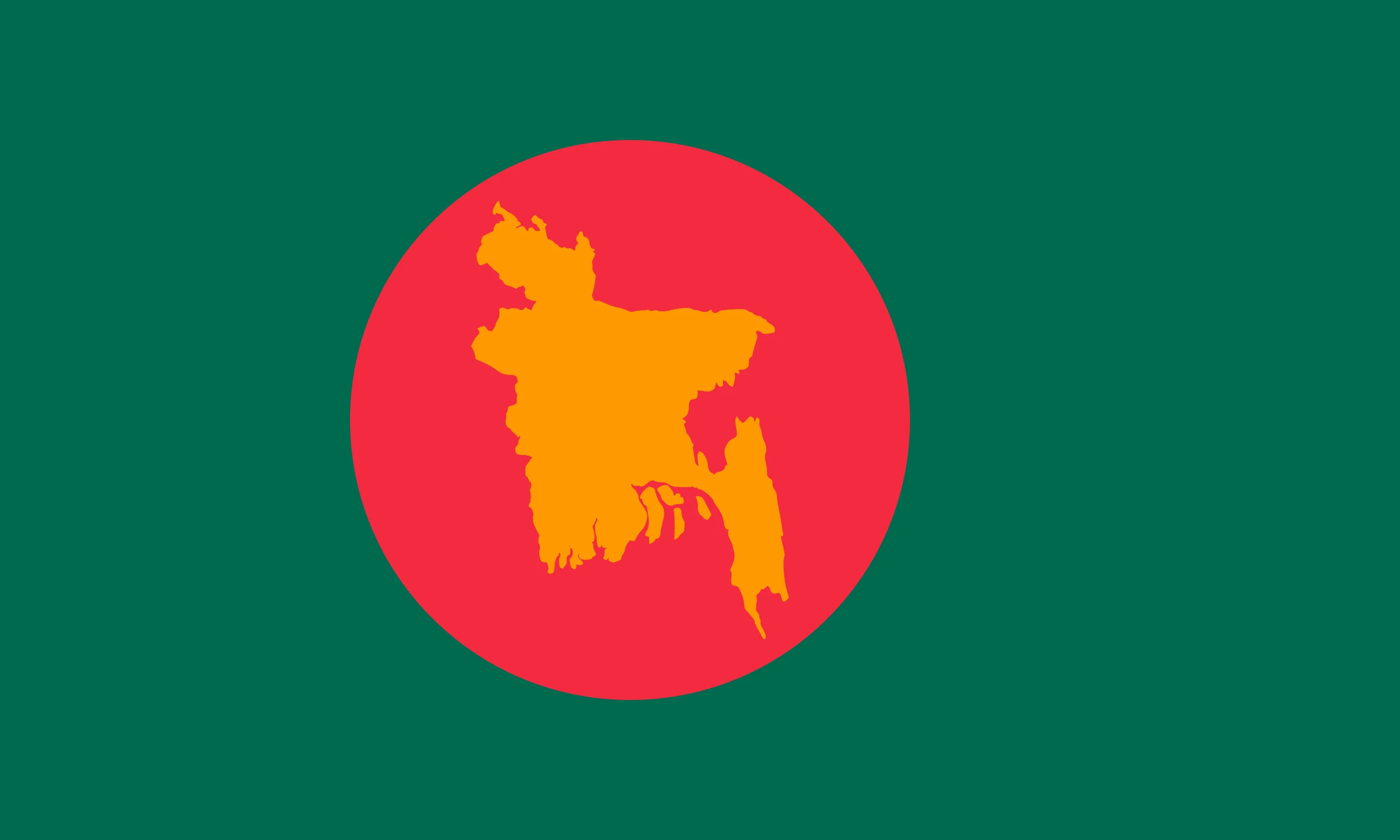A timeline of Bangladesh's turbulent political history

Stay tuned with 24 News HD Android App

Ex-prime minister Sheikh Hasina's dramatic flight from Bangladesh in a helicopter on Monday under pressure from protesters and the army is far from a first in the South Asian nation.
Since independence half a century ago, many of the country's leaders have been forced to flee or had their time in office cut short by violent deaths.
AFP looks back at five key points in Bangladesh's turbulent history.
1975: assassinations and coups galore
Formerly East Pakistan, Bangladesh emerged as a new nation in 1971 after a brutal war involving India.
Independence hero Sheikh Mujibur Rahman became the country's first prime minister, before introducing a one-party system and taking office as president in January 1975.
Within a year he was assassinated by a group of soldiers on August 15, along with his wife and three sons. Khondaker Mostaq Ahmad, with the support of part of the army, then took power.
Ahmad's tenure was short-lived. He was overthrown in a coup instigated by the army's chief of staff Khaled Mosharraf on November 3, who was assassinated in turn by rival mutineers.
After a series of further coups and counter-coups, General Ziaur Rahman took power on November 7.
1981-83 : Bloody rebellion, bloodless coup
After less than six years in power, Rahman was assassinated during an attempted revolt on May 30, 1981.
His vice-president Abdus Sattar took over as interim president with the backing of General Hussain Muhammad Ershad.
But Ershad turned on Sattar within a year, ousting him in a bloodless coup on March 24, 1982.
Immediately after the takeover, he imposed martial law and installed Ahsanuddin Chowdhury as president.
Then, on December 11, 1983, Ershad proclaimed himself head of state. Chowdhury, whose position was honorary, went on to lead a political party loyal to the general.
1990: Ershad resigns after protests
After a wave of protests calling for democracy in Bangladesh, Ershad resigned as president on December 6, 1990.
He was then arrested on December 12 and jailed after being convicted for corruption.
Justice Minister Shahabuddin Ahmed took over as interim leader until elections could be held the year after.
Ershad would eventually be released in January 1997.
1991: First free elections
The country's first free elections were held in early 1991, with the Bangladesh Nationalist Party (BNP) running out as clear winners.
Khaleda Zia, General Ziaur Rahman's widow, became Bangladesh's first woman prime minister.
She was succeeded by her arch-rival Sheikh Hasina, daughter of the country's founding father Mujibur Rahman, after Hasina's Awami League beat the BNP at the ballot box in 1996.
The BNP returned to power in 2001, with Zia once again becoming prime minister and completing her term of office in October 2006.
2007: Anti-corruption purge
In 2007, with the army's support, President Iajuddin Ahmed declared a state of emergency after anti-government demonstrations.
A military-led transitional government then launched an anti-corruption purge, imprisoning both Hasina and Zia on graft allegations before their release in 2008.
After her party's win in the polls in December 2008, Hasina once again became prime minister.
